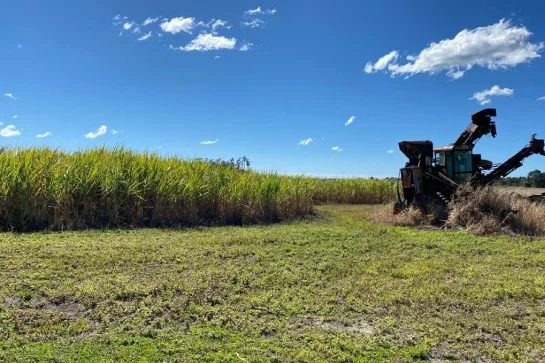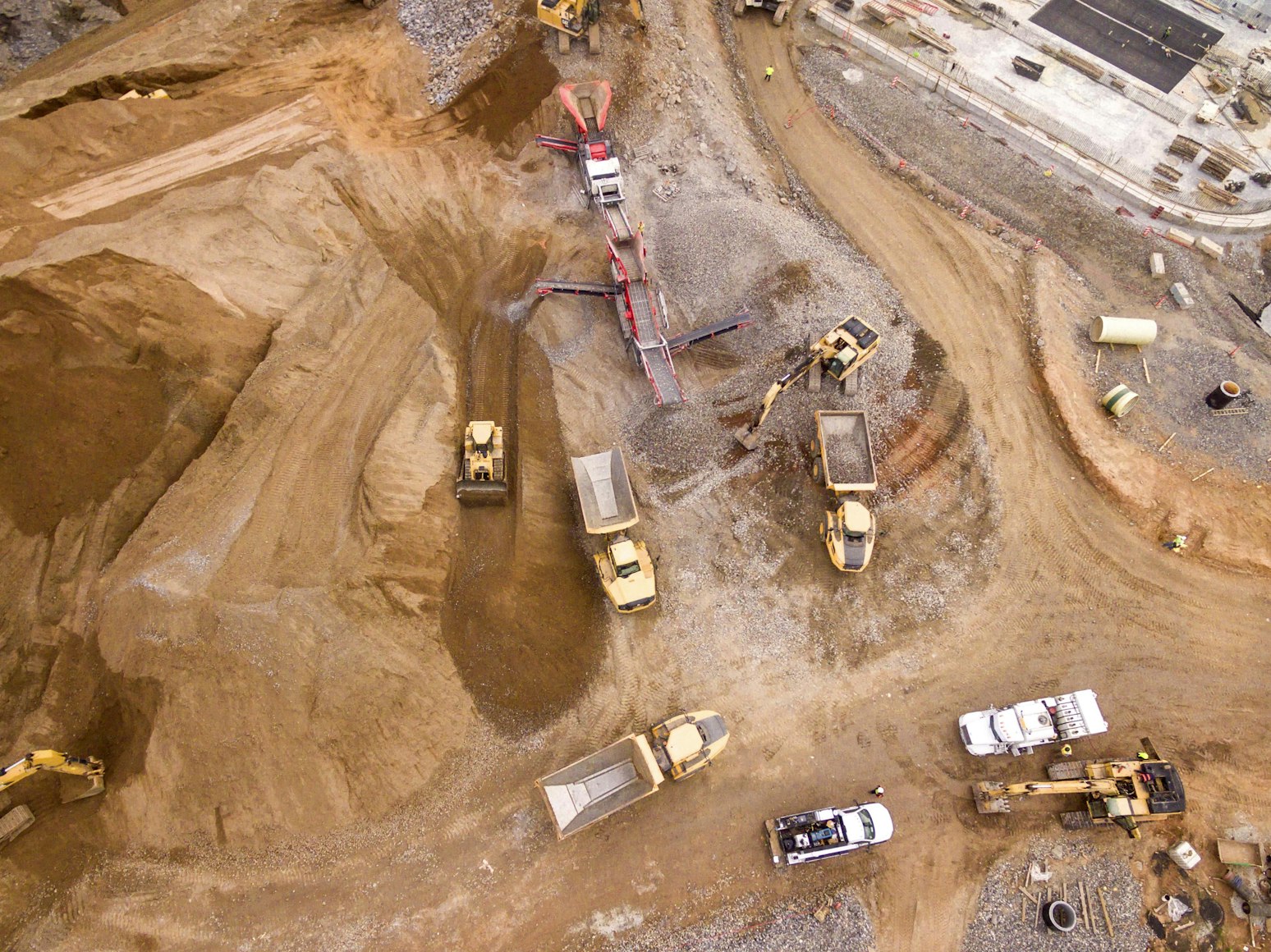As we try to take care of ourselves and each other during the COVID-19 pandemic, why not also check on our friends in the ocean as well? Whale Safe – an online tool launched by scientists at the University of California, Santa Barbara, the University of Washington and other partner institutions – allows users to detect and better protect these endangered creatures in the Santa Barbara Channel in near-real time.
Whale Safe is a mapping and analysis tool that displays data in near real-time to help prevent ships from running into whales. It is the result of three years of work among the Benioff Ocean Initiative at UC Santa Barbara, the UW, the Woods Hole Oceanographic Institution, the Scripps Institution of Oceanography, Texas A&M University at Galveston, UC Santa Cruz and the National Oceanic and Atmospheric Administration’s Southwest Fisheries Science Center.
Briana Abrahms, a UW assistant professor of biology, led efforts to model whale behavior in the channel for Whale Safe.
“The goal is to put this technology into the hands of managers, mariners and the public to help protect these animals from ship strikes and other threats,” said Abrahms.
“Unfortunately, 2018 and 2019 were the worst years on record for fatal whale-ship collisions off the coast of California,” said Morgan Visalli, a scientist with the Benioff Ocean Initiative and leader of the Whale Safe project. “We hope that data from the Whale Safe system can help to reverse that trend.”
Whales often feed, migrate, rest, mate and socialize in coastal areas. Aggregations of up to 30 blue whales – the largest animals that have ever lived – were observed last month in the Santa Barbara Channel.
Whale migration routes overlap with some of the world’s busiest shipping lanes, with cargo vessels moving through the Santa Barbara Channel to and from the ports of Los Angeles and Long Beach. Shipping vessels can reach more than 10 times the length of an adult blue whale. They tower so high above the surface of the ocean that whale spouts are difficult for crews to detect, let alone slow down for or avoid. Researchers estimate that more than 80 endangered blue, humpback and fin whales are killed by vessel collisions every year just off the West Coast.
In 2007 NOAA implemented a voluntary speed reduction program for all large vessels transiting through whale habitats around California’s Channel Islands. The limit, which is 10 knots or 11.5 miles per hour, reduces the number of fatal collisions by up to 80% to 90%, according to research.
While more shipping companies are enrolling in the voluntary program, in 2019 more than half of ship transits in the channel still exceeded 10 knots. The researchers hope that, by alerting users to the presence of whales in the area, Whale Safe will help slow more ships along this stretch of California coast.
“One of our goals is to provide real-time whale presence data that will help ships know when to slow down,” Visalli said. “In 2019, only 44% of the shipping industry followed the voluntary speed limit – we’d like to see the cooperation rate get closer to 100%.”
Whale Safe combines several technologies: an underwater acoustic system that automatically detects whale calls; near real-time forecasts of whale feeding grounds; and whale sightings by scientists reported through a mobile app. These sources of information are combined into a daily “Whale Presence Rating” on the Whale Safe website – an indicator that describes the likelihood of whales from “low” to “very high.”
“It provides a streamlined daily assessment of whale activity in the channel,” Visalli said. “No one wants to hit a whale. No one wants to see coastal commerce interrupted. We hope that the data delivered by the new technology will provide ship captains with the information they need to protect whales while ensuring efficient maritime commerce.”
The acoustic system consists of a hydrophone dropped into the Santa Barbara Channel that detects sounds in the water and uses AI to identify blue, humpback and fin whales in near real-time. A surface buoy then transmits the data to scientists at Texas A&M Galveston for review and confirmation mere hours after the first detection.
Abrahms and colleagues at UC Santa Cruz and NOAA created the model that forecasts potential whale activity in feeding grounds using oceanographic data such as temperature and ocean currents. Those forecasts can inform ship crews of their chances of encountering whales along their course.
“Predictive models like this give us a clue for what lies ahead, much like a daily weather forecast,” said Abrahms. “We’re harnessing the best and most current data to understand what habitats whales use in the ocean, and therefore where whales are most likely to be as their habitats shift on a daily basis.”
The model has applications beyond Whale Safe.
“Our model also helps us plan for new challenges to whale conservation as ocean conditions change,” said Abrahms. “If the ocean does something extreme, like form a heat wave, it is likely to affect where and when whales will show up. That information is important for managers and mariners to be able to respond adaptively.”
The final piece of information behind Whale Safe comes from observations by community scientists on board whale-watching and tourism boats, logged via a mobile app from the Channel Islands Naturalist Corps, a joint program by NOAA and the Channel Islands National Park.
Whale Safe also collects information about vessels in the channel, including speed. This information is turned by the Whale Safe tool into “report cards” for the ships and their companies, rating their cooperation with voluntary speed limits in important whale habitat.
The researchers hope Whale Safe will lead to benefits beyond saving endangered whales. When cargo ships slow down, they typically emit less CO2, generate less noise pollution and release fewer nitrogen oxide emissions. In time, it may also form the basis of tool kits to protect whales and marine mammals in other major shipping areas – including Puget Sound.









